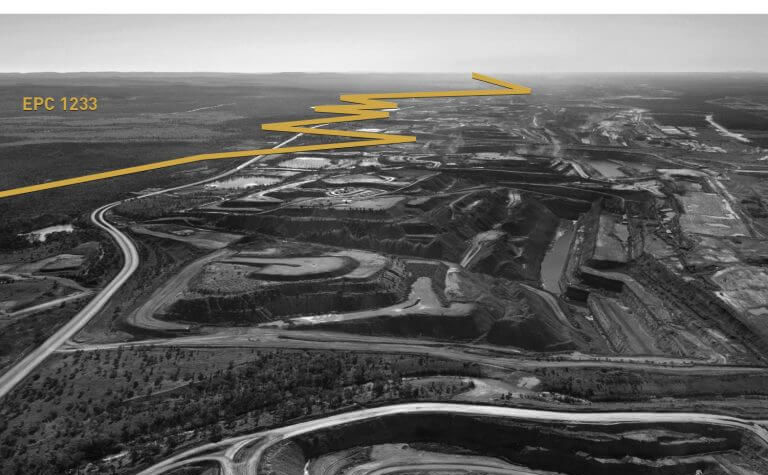A group of Dutch researchers reported that just six coal mines in the Bowen Basin in Australia together emitted around 570,000 tonnes of methane every year, which was equivalent to 55% of Australia’s annual methane emissions even though the mines only account for 7% of the country’s coal output. The Hail Creek mine was the worst emitter — its yearly emissions rival that of 4 million cars in the US over a year — and is currently owned by Glencore, which took it over from Rio Tinto in 2018. Methane traps 80 times more atmospheric heat than CO2 in its first 20 years, but Australia has been strongly supportive of its coal mines and is one of the few large economies that has refused to join the global coalition to reduce methane by 30% by 2030.
Russia: Deadly coal mine blast kills 51 over high methane concentrations
A deadly blast in a Russian coal mine killed 51 people, including 5 rescuers, when the high levels of accumulating methane gas in the mine shaft caused an explosion. Located in Kemerovo oblast in southern Siberia, the mine is called the Listvyazhnaya mine and is owned by SDS-Ugol, Russia’s third largest coal exporter. Some miners had reported back in November that they were given methane detection meters that had been tampered with and which regularly reported lower than actual concentrations. The mine was also inspected 127 times in 2021 and reported 914 violations.
At the same time, the Russian government is expanding its coal output from 441 million tonnes in 2019 to an estimated 669 million tonnes by 2035. Coal jobs in the Russian interior also pay higher than average wages and are a lifeline for regions like Kuzbass, which is home to the Listvyazhnaya mine.
German oil lobby to target net zero emissions by 2045
The German oil lobby group, en2x, announced that it would begin moving away from oil derived from fossil deposits and would aim for the industry to achieve net zero CO2 emissions by 2045. Fossil oil currently accounts for 32% of the country’s energy needs, 60% of which goes into transport. However, the group will get the industry to use green hydrogen for oil refineries’ internal processes, equip petrol stations with EV chargers and adopt hydrogen for heavy transport vehicles. The German oil industry has also been active in manufacturing synthetic fuels for aviation and shipping, and the shift comes at a time when the incoming German government gets ready to ban new ICE vehicle sales much sooner than 2035.
US states threaten to pull $600bn from banks that refuse to support fossil fuels
15 states in the US came together to write a letter to US banks that threatens that the states will pull out $600billion of their funds if the banks refused to finance fossil fuel projects. Texas is the largest partner of the coalition and also home to much of the oil-rich Permian basin. The letter insists that the threat is to protect their economies and assumes that the banks are financing renewables under pressure from the Biden government, and that Texas had proved that “renewable energy sources and fossil fuel based production can and must coexist to meet the needs of a growing and dynamic economy”. The state has already been acting on coercing the banks by requiring them to sign a written verification that they do not boycott fossil fuel projects.
On the other hand, the mayor of Boston signed an ordinance that would divest the city’s funds from fossil fuels from December 6, 2021. In doing so Boston (Massachusetts) joins major cities like New York, Pittsburgh and New Orleans in the C40 ‘Divesting from Fossil Fuels, Investing in a Sustainable Future Declaration’ coalition.
India: Miners to get 50% revenue discount for coal gasification
The Indian government announced that it would up its revenue sharing discount from 20% to 50% for coal miners that earmark at least 10% of the output from newly-auctioned coal blocks for coal gasification and liquefaction. The hefty discount is being positioned as a means to encourage scaling up the production of methanol and syngas, with the former being more economically competitive than ethanol when used for blending with gasoline. Syngas — a mixture of carbon monoxide (CO) and hydrogen — is considered a building block of the chemicals industry and it can be turned into olefins (used widely in manufacturing plastics) as well as methanol.
About The Author
You may also like
India asks power companies to order $33 billion in equipment to boost coal power output
India’s first pilot project for underground coal gasification launched in Jharkhand
Increasing oil and gas production among top priority, says India’s petroleum minister
A faster clean energy transition will make energy cheaper, not more costly: IEA
India’s energy sector: Ten years of progress, but in fits and starts


